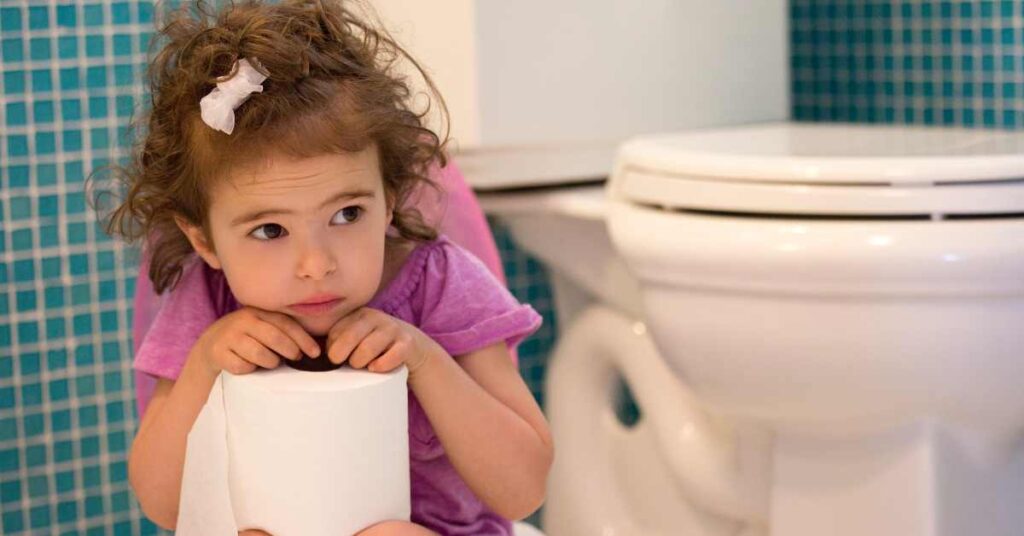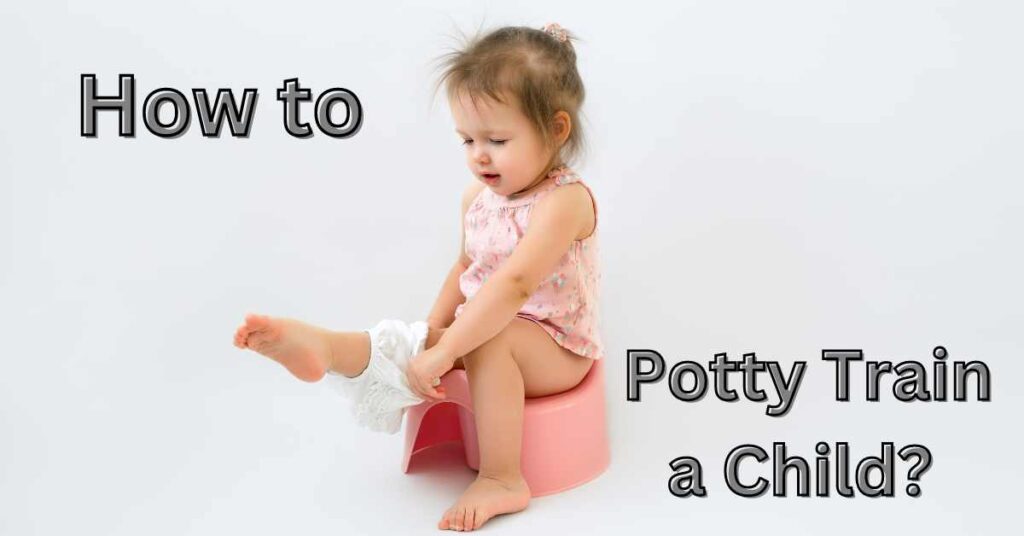Guideline for Parents to Potty Train a Child
Are you tired of constantly changing dirty diapers and ready to say goodbye to the hassle of potty training? Look no further! In this article, we will share effective techniques that will teach you how to quickly potty train a child, saving you time and frustration.

Potty training is the process of teaching a child to use the toilet instead of a diaper or pull-up. Here are some guidelines on when and how to start potty training, as well as some rules for parents:
1. Be prepared: Keep extra clothes and supplies on hand in case of accidents and handle setbacks and challenges.
How do you know if a child is ready for potty training? Establishment of a more or less stable mode of defecation and urination – the ability to keep diapers dry for more than 2 hours, understanding the words “pee” and “poop,“ and demonstrating negative emotions from being in soiled diapers.
2. When to start: Based on literature and case studies, it is recommended to begin potty training around 18 to 24 months of age, when the muscles and nerves that allow physical control of urination are fully developed and the child has reached a certain maturity in psychological development.
Based on my years of experience working with children, I recommend potty training your child as early as possible – when the child can already sit with support or independently, namely from 6-8 months. You begin to support the baby when he sits on the potty. By the age of 1.5 years, children have already developed a strong reflex to the potty.
The later you start teaching your baby this skill, the longer and more difficult it will be to get. Because at the age of 1.5 – 2 years, children are more mobile, and it is more difficult to make them sit on the potty for 5 minutes. It will be easier and more pleasant for them to pee in a diaper or just on the floor in the middle of the room, as they have formed the habit of peeing in a diaper when they feel like it, rather than going to the potty and sitting on it to do their needs.
Remember, the sooner we start forming a habit, and a habit is certain patterns of neuron connections in the brain, the faster the habit will form. This is the law. Of course, you will say that you can teach everything at any age. Yes, I can agree with this, but then you will have to spend more effort and time and apply more perseverance. So why not take a less thorny path: “the earlier, the easier and faster”?
3. How to start: Begin by introducing your child to the potty chair or seat and letting them sit on it fully clothed. Encourage them to sit on the potty at regular intervals throughout the day. Make it a habit to put your child on the potty before and immediately after a night’s sleep, sometime after feeding, before and after a walk, before and after a nap, and before bathing. Plant no more than 3-5 minutes. Never force your child to sit on the potty against their will.
4. Be consistent: Once you start potty training, be consistent in your approach. Use the same words and routines each time, and encourage your child to use the potty at regular intervals throughout the day.
5. Be patient: Potty training takes time and patience. Don’t get frustrated if your child has accidents or seems resistant to the process. Keep a positive attitude and continue to encourage them. The more positive emotions, the better.
6. Reward successes: When your child successfully uses the potty, offer praise and rewards such as stickers, a small toy, or extra playtime. Praise your child for sitting on the potty, even if they don’t go.
7. Don’t force it: What to do if the child does not want to sit on the potty? Don’t force your child to use the potty if they don’t want to. This can lead to resistance and make potty training more difficult. If the child categorically refuses to sit on the potty, it is better to remove the pot for a while and then try again. If there are older children in the family, the younger ones can learn from them, learn from experience.
Remember, every child is different, and potty training can be a challenging process for both parents and children. Be patient, stay positive, and be consistent in your approach. With time and practice, your child will learn to use the toilet like a Pro!
I hope that these 7 effective ways on how to quickly potty train a child have been helpful to you. Remember, potty training can be challenging, but with patience, consistency, and positivity, you and your child can make it through successfully.
Do you have any additional tips or techniques that have worked for you? I would love to hear your thoughts and experiences in the comments section below.
Also, if you found this article helpful, don’t forget to share it with other parents who may be struggling with potty training their little ones. Together, we can make the potty training process a little bit easier for everyone!





